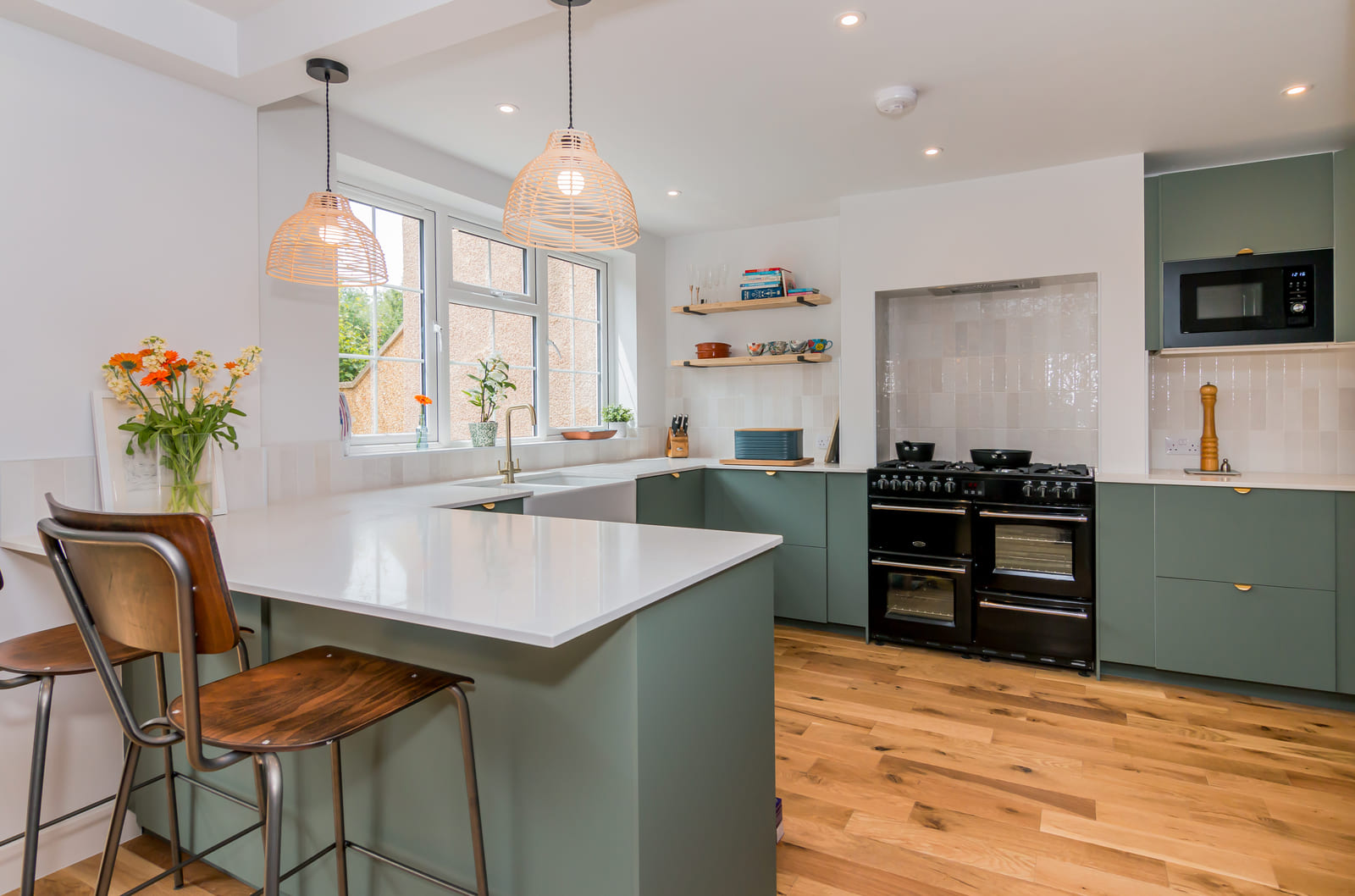As climate change continues to reshape how we build and live, sustainable architecture is no longer optional—it’s essential. At the forefront of this movement are Passive House Builders in Hertfordshire, who are pioneering high-performance, ultra-energy-efficient homes that are both future-proof and environmentally responsible. By embracing the rigorous Passive House standard, these builders are reshaping the region’s architectural landscape and proving that sustainable living can be beautiful, affordable, and accessible.
The Passive House (or Passivhaus) standard originated in Germany and is now recognized globally as one of the most effective approaches to energy-efficient building. Passive House homes use up to 90% less heating and cooling energy than traditional buildings. This is achieved through a combination of airtight construction, super-insulation, high-performance windows, and mechanical ventilation with heat recovery (MVHR).
In Hertfordshire, where both historic preservation and modern living intersect, Passive House builders are integrating these principles into everything from new builds to retrofits of traditional homes.
Hertfordshire’s blend of urban centers, countryside villages, and commuter-friendly towns makes it a compelling location for architectural innovation. The county’s residents are increasingly seeking homes that align with eco-conscious values while still offering comfort, design excellence, and strong resale value. Passive House Hertfordshire design meets these demands by ensuring homes stay warm in winter, cool in summer, and inexpensive to operate year-round.
The region’s planning authorities have also become more receptive to sustainable design approaches, encouraging Passive House builders to bring their ideas to life without excessive red tape. This local support helps foster an environment where innovation can thrive.
Passive House buildings in Hertfordshire are not only green—they’re smart. Here are some features that distinguish these homes:
These features combine to create an environment that is healthy, quiet, and consistently comfortable, with minimal environmental impact.
A growing number of builders in Hertfordshire are championing Passive House principles. Many have undergone specialist training and accreditation through the Passive House Institute, allowing them to lead projects that meet or exceed global standards.
Some focus on bespoke residential projects, crafting dream homes that blend innovation with elegance. Others are applying Passive House design to schools, community centers, and commercial buildings, expanding the reach and impact of energy-efficient design. What unites them is a shared commitment to climate-resilient, user-focused architecture.
Firms such as [insert relevant local architecture firms if desired] have helped raise awareness of Passive House benefits by offering consultation, design services, and construction oversight throughout Hertfordshire. Their work proves that sustainable design isn’t a niche—it’s the future of architecture.
Passive House design isn’t limited to new builds. Retrofitting existing properties in line with the EnerPHit standard (a Passive House retrofit benchmark) is gaining popularity in Hertfordshire. With a rich stock of Victorian and Edwardian housing, the region presents unique challenges—and opportunities—for transformation.
Passive House builders are using clever design solutions to bring older homes up to modern efficiency standards without sacrificing their character. This might involve installing insulated interior linings, replacing inefficient glazing with replica-style triple-glazed windows, and upgrading heating systems to low-energy alternatives like air-source heat pumps.
The result? Character-rich homes with a dramatically reduced carbon footprint and significantly lower utility bills.
Passive House construction may involve higher upfront costs due to premium materials and detailed design processes. However, the long-term savings on energy bills are substantial. Over time, homeowners recover their investment and enjoy the benefits of durability, health, and comfort.
Environmentally, the impact is profound. A Passive House reduces greenhouse gas emissions significantly—often by more than 70% compared to conventional buildings. In a world racing against climate deadlines, every building that follows this model is a step toward a cleaner, more sustainable future.
Another reason Passive House design is gaining popularity in Hertfordshire is the health and comfort it offers. The continuous ventilation system filters out allergens, pollutants, and excess moisture, creating a healthier indoor environment—ideal for families, elderly residents, and those with respiratory conditions.
Temperature consistency also reduces the risk of mold and condensation, common issues in older homes. The quiet interiors, thanks to superior insulation and airtight construction, make Passive House homes sanctuaries in busy urban environments.
With the UK government pushing toward net-zero carbon targets, Passive House design offers a ready-made blueprint for future developments. In Hertfordshire, builders are setting the bar high, not just for their county but for the entire country.
Public interest is also growing. As homeowners become more educated about energy efficiency, sustainability, and long-term value, demand for Passive House projects is increasing. This growing market is inspiring more builders and builders in Hertfordshire to gain Passive House training and accreditation.
Passive House builders in Hertfordshire are showing the rest of the UK how it’s done. Through thoughtful design, technical excellence, and a commitment to sustainability, they are building homes that meet today’s needs while protecting tomorrow’s resources.
Whether you’re planning a new build, upgrading an existing home, or simply exploring what’s possible, Passive House design offers a proven path to living better—with less energy, more comfort, and a lighter footprint on the planet.
